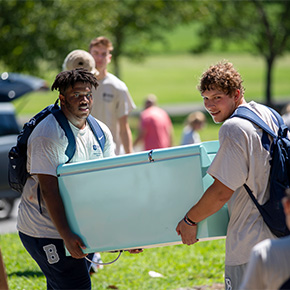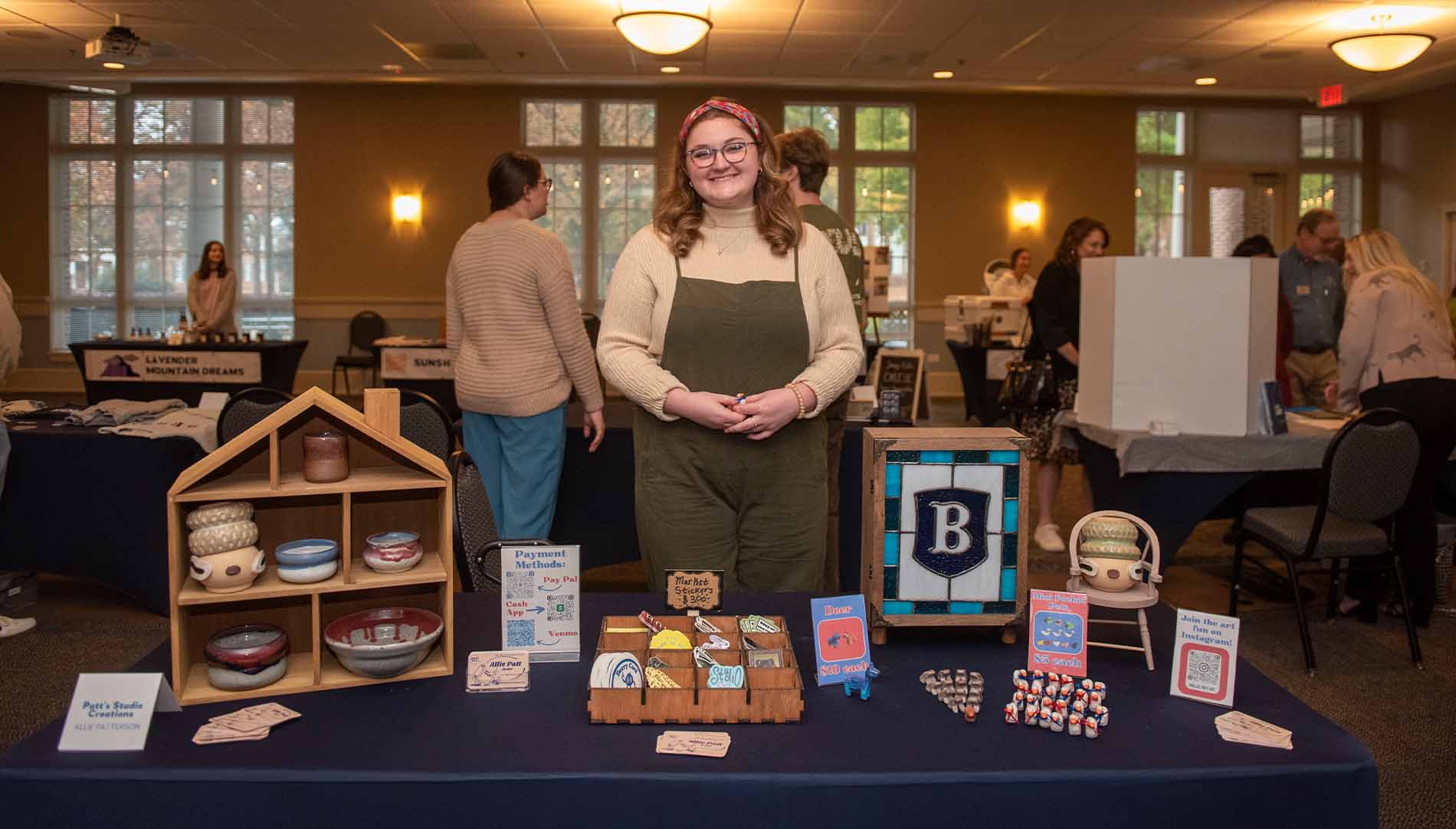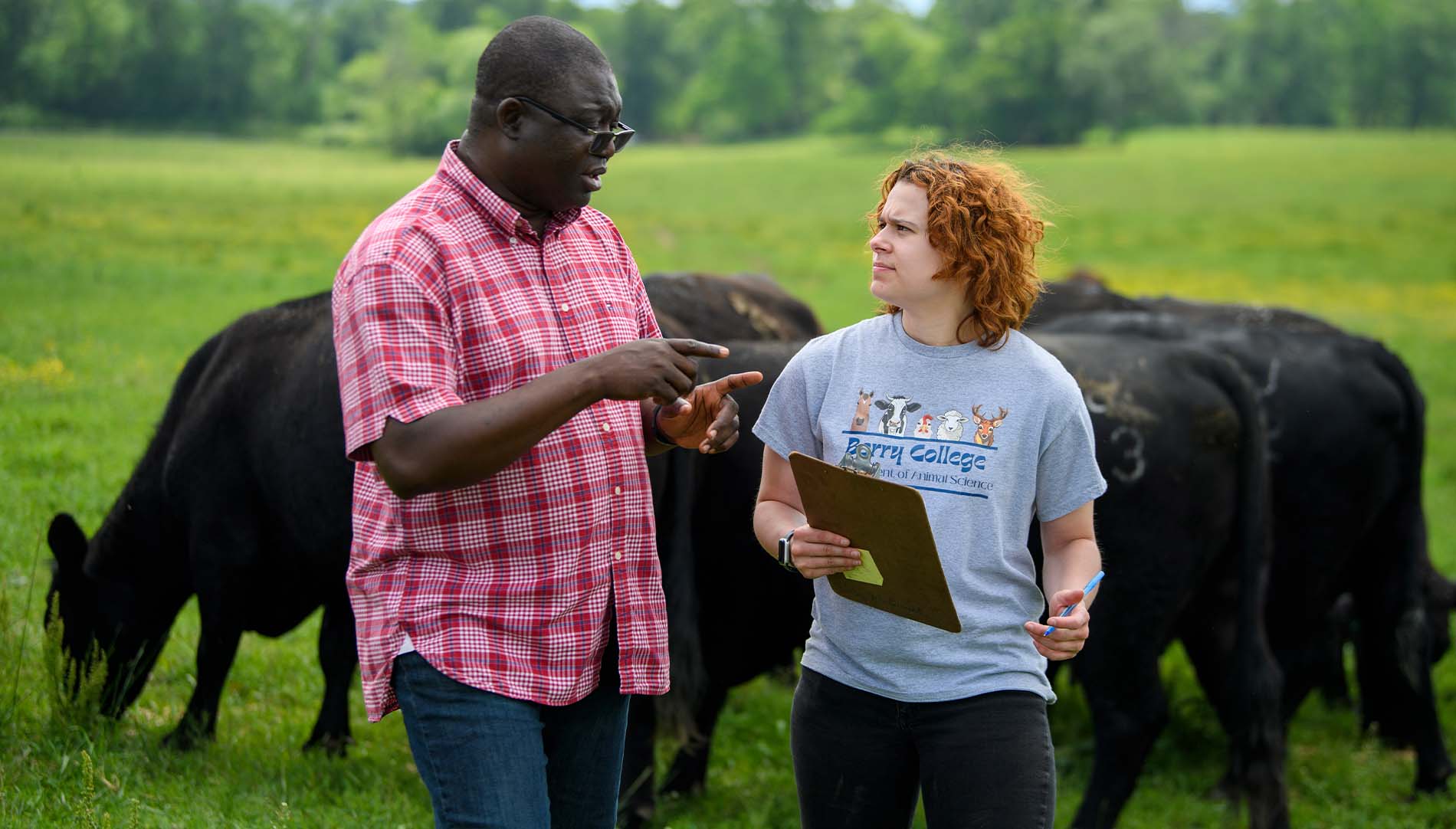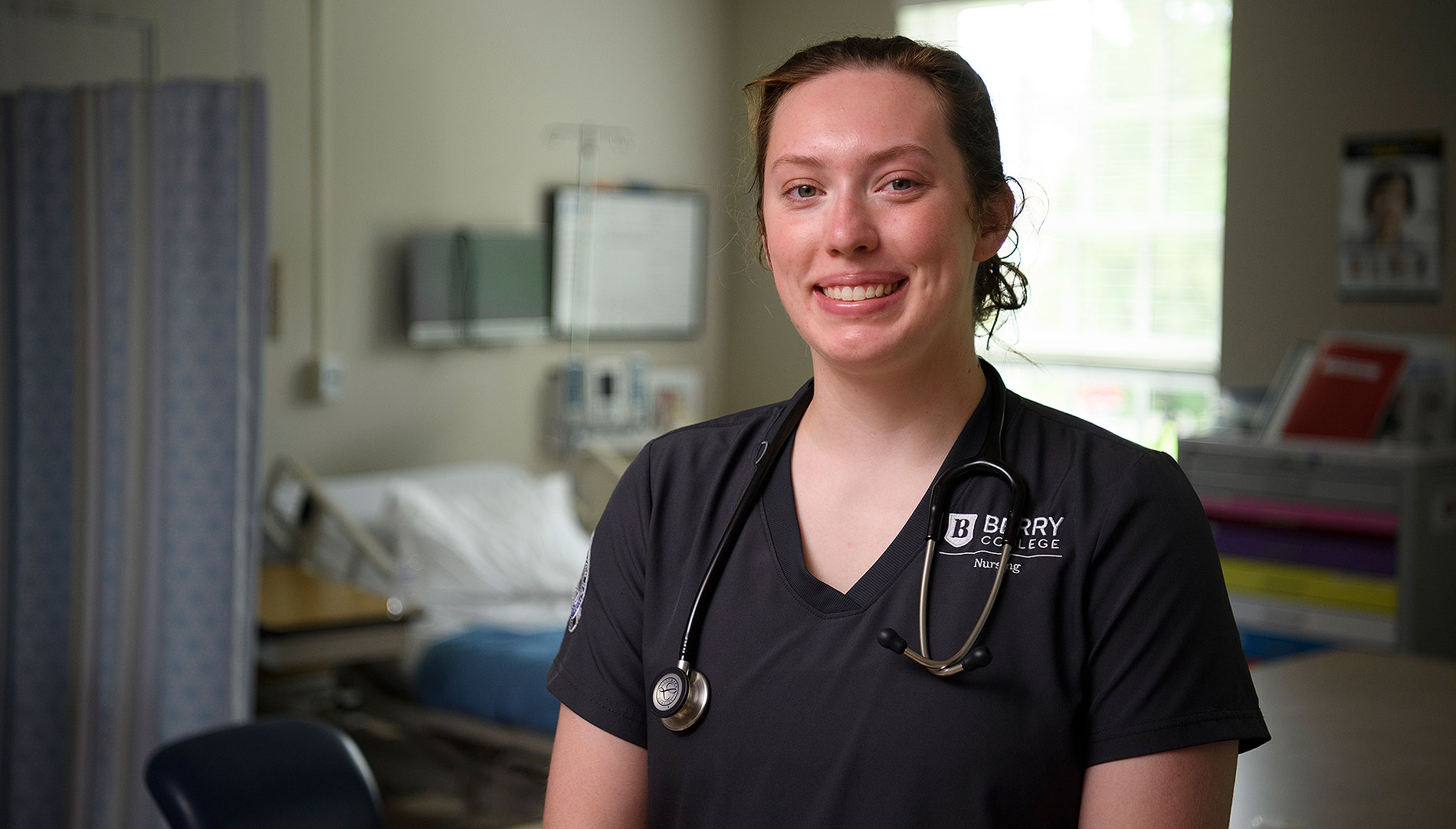2. Meet In-person Too
“If possible, I encourage people to try to hang out with people you met at orientation in some way,” says Memphis. “Several people I met at orientation came back and met up in our college town and just explored the area together. It seems simple, but if you can hang out and figure out the lay of the land before school starts, you will feel more connected while also learning more about your peers. Try local restaurants or coffee shops. Go find your favorite grocery store. Not everyone can travel beyond orientation, hence social media connections, but my suggestion would be to do something similar even if you hang out with people from your hometown going to the same college.”
3. Turn Connection Into Friendship
Memphis’ advice gets to the heart of building community and friendships in college. Strong relationships require continuity. They can be built through significant time with people, physical proximity and engagement in a variety of settings. In other words, you should not expect deep friendship from a 30-minute interaction or a few DMs. Real community is built over time through multiple interactions, and many social scientists attest to this fact.
Adam Smiley Poswolsky, author of Friendship in the Age of Loneliness: An Optimist's Guide to Connection, argues that a key to friendship is putting it on the calendar. David Kim, author of Made to Belong: Five Practices for Cultivating Community in a Disconnected World, says, “To cultivate meaningful community, we must confront our commitment issues head-on. This means making intentional choices to invest time and energy into our relationships.”
The point here is to get rid of expectations of immediacy. Friendship may include digital interactions, but we should not fool ourselves into thinking a few online chats or texts are the same as doing daily life together. When asked how to make social media connections more meaningful, Memphis agrees, strongly encouraging students to get to know peers beyond what they see online.
He says, “My biggest piece of advice would be to be very careful about your reservations. Don’t assume how people might act or think based on minimal or brief interactions over the internet. It is very easy to do, but I can clearly remember meeting people that I had reservations about online, and they’re now some of my best friends! It isn’t worth it to cut off a potential friendship before it happens.”
Still, Memphis said that social media is a common space for students on his campus to learn more about what's going on. Berry College has lots of Instagram accounts associated with campus organizations, departments and clubs, and Memphis says the accounts do a good job of representing the different sides and perspectives on campus. In particular, he appreciates the page dedicated to each graduating class.
“Our class Instagram page was a great way to see and meet people in my year that I didn’t meet at my orientation session,” says Memphis. “Even incoming freshmen who are international students can see what’s going on at Berry this way.”
4. Consider On-campus Perks
When move-in day does arrive, it does not mean every awkward, lonely feeling will disappear, but having a place to start does make it easier.





